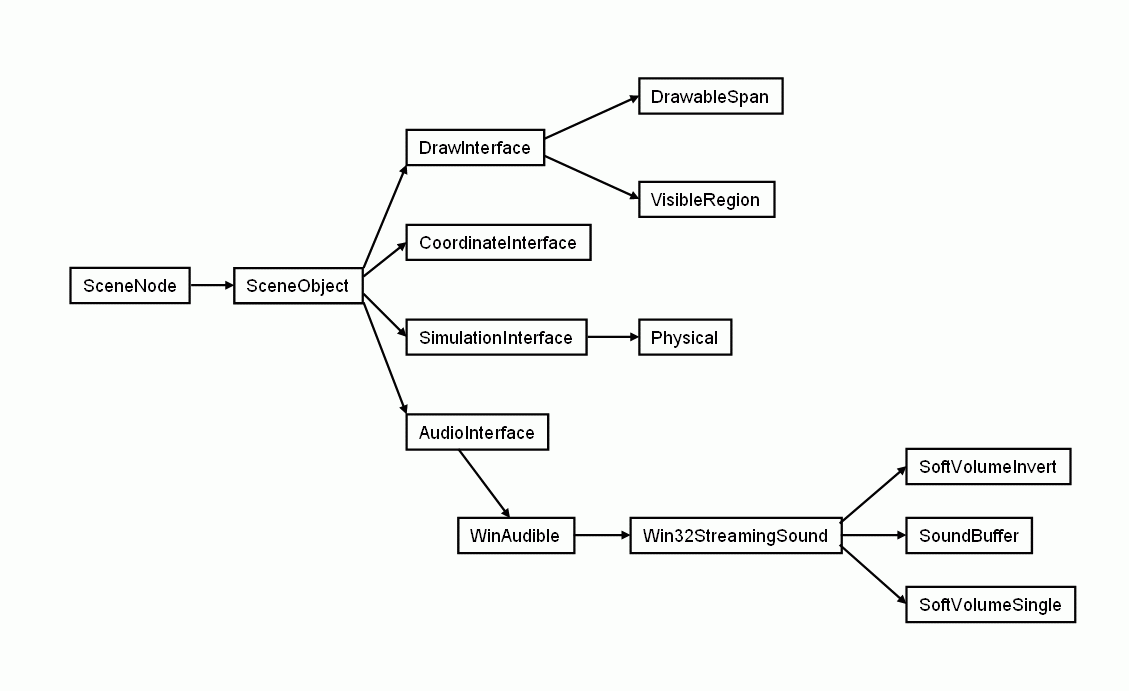Give him the prp, a hex editor, and
the object reference!
MUHAHAHAHAHAHAHAHA
Trylon is right, it's inhuman. Sadly, I've been doing it for days.

Seriously Jennifer, you should give him the blend file and provide an explanation on how the objects are exported in the prp file.
The prp file structure (used as data by the Plasma engine) has been investigated by H'uru hackers starting in 2004, by reverse-engineering the Uru code.
First the encryption scheme and key were found, then the structure of the binary file was slowly worked out.
There are several types of objects, which are described in the link I provided (it seems to be down as I write this but is normally up).
For example, colliders are objects which are invisible but have a physical presence. They are used for blocking player movement, and in fact they define the physical world in Cyan Ages (solid floors and walls). All movement is constrained inside these colliders, usually there's just one huge collider in every file. If you import city_District_KahloPub.prp in Blender, and then show layer 2, you'll find a mesh called "kpWallsCollision".
In the Prp file (open it with prpExplorer 0.6 - open "City", then "KahloPub"):
- there is an object of type SceneNode that contains a list of all objects (type SceneObject) in the Age. We find kpWallsCollision in the list.
- all objects are defined as SceneObjects, and of course we find a SceneObject called kpWallsCollision.
- it is invisible, so it doesn't refer to a DrawInterface object or a a CoordinateInterface object.
- it is physical, so it refers to a SimulationInterface object also called kpWallsCollision.
- there's no sound associated with it, so it doesn't refer to an AudioInterface object.
- it has no other properties
- Under SimulationInterface we find an object called kpWallsCollision.
- It refers to a Physical object called, surprisingly, kpWallsCollision.
- Under Physical we do find an object called kpWallsCollision.
- This object contains the vertices of our collider, along with such properties as mass, rc, el, etc that you can see in Blender.
The Pyprp plugin creates those objects and puts the corrects values from memory in Blender into them.
Here's a simplified graphical representation of some of the prp structure:

- prpStructure.gif (16.44 KiB) Viewed 4983 times

